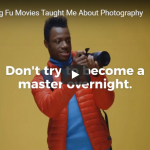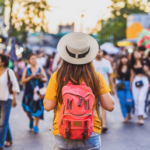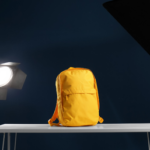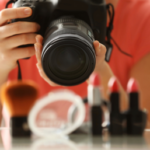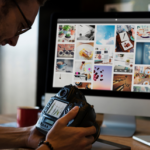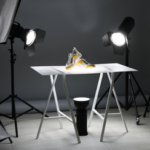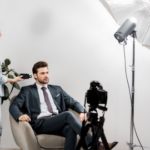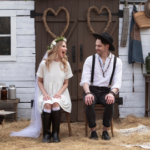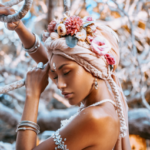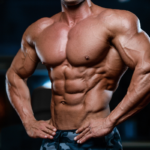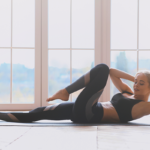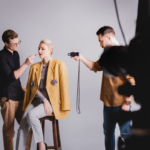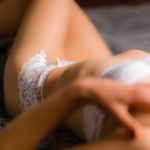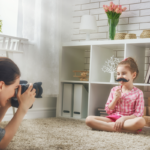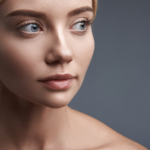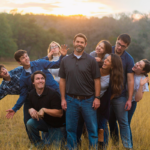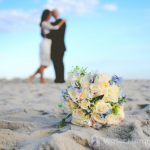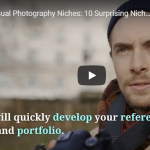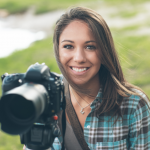Photography Mistakes That Make You Look Amateur
Photography Mistakes That Make You Look Amateur, previous blog posts here tried to give some tips on how to take better photos. Now, on the other hand, here’s what you can’t do. Making these mistakes is a sure-fire way to take mediocre photos.
Cluttered Photos
Professional photographers know that there is less (Secrets of Professional Photographers # 2), and a photograph with too much going on is a sure sign of an amateur. In a cluttered photo, the eye bounces from subject to subject and leaves the viewer unsatisfied.
Instead of trying to take it all in, just take one thing and do it well. You can take more than one photo of a location, so take your time to get each one right.

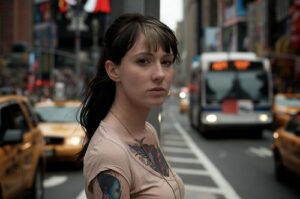
No Sense of Scale
Photography is two-dimensional and often lacks a context-so it’s up to you to give it some. A photo of an amazing building or mountain doesn’t look almost as impressive unless the person watching the picture understands how big it is. Putting a person in the image helps the viewer infer the scale.
You can add a context by demonstrating a sense of scale. Putting a person in a photo, or an everyday object like a bicycle, helps the viewer understand what they are seeing.

No Clear Subject
Before you take a photo, you need to quickly decide what’s important in the image and make sure you frame it in the best light possible.
If your subject is only a small part of the image, or if your photo doesn’t seem to have a subject at all, don’t take a picture. Wait a few seconds, think about it, and try again.
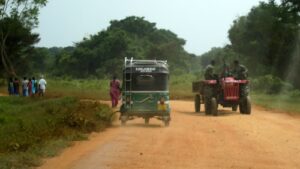

Shooting in JPEG
Just do not do it. Shoot in RAW. These days, memory cards are so cheap. If you are going to go through all the effort of trying to study photography and make a great photo, then there is just no excuse.
You want the best image quality possible, right?
You want the freedom to make more post-editing adjustments… right?
You want to future proof your photos… right?
Good, shoot the RAW.
Do you think all the pro photographers are shooting RAW?
Over Editing
We are all guilty of that. As we learn our own style and what makes a great photograph, we all tend to overdo it a little in the post-production process. For me, it was a dissatisfaction with the photo itself and a misconception that I could make a mediocre photo better through the editing process.
Yes, Photoshop and Lightroom are effective tools that can make a photo even better. In most cases, it is a better idea to try and get the camera right first.
Every extra moment you spend working out, your photograph is an hour or more saved in editing.
Most of the time, I get into trouble trying to fix something in a photoshop because I made this next mistake.
Always shooting from eye level
Frequently, interesting photographs come from interesting angles. If you take a photo of a boring scene, changing your point of view can make it much more enjoyable. Getting low leads to a much more interesting picture.
Get down on your hands and knees, climb the ladder, or look for a higher natural vantage point. Whatever you do, think about what your subject would look like from another angle.


Rushing the shoot
Time is money, right? It can be hard to remember everything you need to and want to remember when you’re in the moment and trying to capture the perfect photo.
How many times you have been browsing through your photos from a shoot and thinking, “Dang, if only I’ve taken the time to slow down and do this …” I’m guilty of being charged.
Ideally, we’d always have time to plan our shots thoroughly, create a list of shots, mood boards, lighting tests, etc., but the reality is that we often do not have time.
Even when time is short, I like to go through a mental checklist and think about things like composition, exposure, lighting, motion and posing. In photography, there are so many factors. I like to get a safe shot (the one I know is going to work) and then explore from there as time permits.
You can take this too far, of course, and be guilty of it.
Poor composition
There are some basic rules of photographic composition that you should follow (unless you have a good reason not to do so). I wrote earlier about the Rule of Thirds, the Golden Spiral, and the Golden Triangle, and those rules of composition are good ones to follow.
Subject centred and looking away? Not good. Off-centre, looking at you, and from an interesting point of view? It’s brilliant.
In addition, if your subject is a living thing, try and capture it by looking at the camera with a glow of light in your eyes, or capture it by interacting with something else so that your photo has a sense of movement.
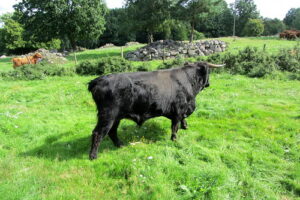
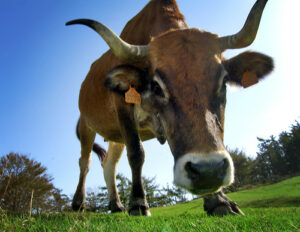
Overshooting
It is possible to take to a lot of photos. This typically happens because the photographer just does not know what to do or what might work. They think that if they only take a metric ton of photos, at least some of them will turn out.
Do not do this. It is better to use the time (and memory space) to work the problem. Experiment, but only make incremental changes to one or two variables at a time.
What don’t you like? Is the image too dark? Do one thing to make it brighter. Exposure is good, but you don’t like the composition? Try a different pose before changing locations. You get the idea.
Being Unprepared
If you practice photography professionally (meaning you get paid to do it), then you are likely already aware of the importance of a pre-shoot gear check. That’s where you check everything in your camera bag and make sure everything is in working order, batteries are charged, memory cards are empty, and all your essential parts are accounted for. I even go so far as to fire off some test shots before I leave the house just to make sure.
It is a good habit to get into even if you’re doing photography as a hobby or a part-time pass time. There is nothing worse than getting to a location and missing a shot because you forgot a memory card or your battery is dead. I’m always losing those blasted tripod plates.
Missing Focus
If you use autofocus and let the camera choose your focus points, it is highly likely that from time to time, especially when using a shallow depth of field, you will focus on the wrong part of your image frame. That is something that, after the fact, is either impossible or difficult to fix, so it is crucial to nail your focus in the area. A simple way to guarantee accurate focusing is to use the spot autofocus mode of your camera to select your focal point. Make sure your focus is on the eyes of the subject when focussing on portraits and people.
Shaking Frame
If your photos turn out to be blurry or slightly unsharp and you are not sure why it is because you use shutter speed too slow. The shaking of your camera can lessen the sharpness of your image when your shutter speed is too slow. A thumb rule to help prevent this is to use a shutter speed, which is at least equivalent to the focal length of the lens you are using.
For example, if you are on a full-frame camera using a 50 mm prime lens, the slowest shutter speed you can use without shake is 1/50 of a second. On an APS-C (crop) sensor camera, this becomes 1/85 of a second, as the lens ‘sufficient focal length is multiplied by 0.5. If you are utilizing a zoom lens, you will have to pay attention to the focal length you are using as you try to zoom in and out.
Blown Exposure
While shooting in RAW will give you lots of latitudes to adjust your post-processing exposure, there are definitely limitations to what you can do. The shadows will be grainy and discoloured if your exposure is too dark after you bring them up in processing. If the exposure is too bright, your highlights will be blown out, and when processing, the detail will not be recoverable.
If you have a view with a high dynamic range including some very bright highlights and dark shadows, a general rule of thumb is to slightly underexpose to preserve details in the highlights while not obliterating the shadows, and then brighten the shadows in post-processing.
Awkward Posing
Like most people you will be working with likely won’t be professional models, they probably won’t feel all that comfortable posing. And while finding poses online is great and trying them out, people will probably feel awkward, just being told how to stand up, which will come through in your images. Your best bet is to work on the poses as basic guidelines and then focus on making your subjects feel comfortable by engaging them with eye contact and friendly banter while encouraging them to have fun and to be themselves.
Distracting Objects
A good portrait can surely be ruined by having a vertical object like a tree sticking straight out of your subject’s head. While you are more likely to focus most of your attention on the pose and appearance of your subject, it is likewise important to pay attention to the background and ensure that there are no distracting elements that grow out of or cut through your subject, even if they are very out of focus.
Confusing Composition
It can take some time to figure out how to arrange the elements within the frame of your camera. When you don’t know what you’re doing, creating the breakfast composition of a dog is easy, which will cause the viewer to get completely lost and confused when looking at your photo. Fortunately, there are some straightforward guidelines that can help you manage and arrange human perception-based elements in your frame, such as the rule of thirds.
Pro tip: Using your grid overlay in processing, you can often crop portraits to third party rule.
Overzealous Processor
When you learn to do post-processing on images for the first time, it can be easy to get so excited that you overdo it. One common mistake beginners often make when processing is adding too much saturation and sharpening to images, resulting in photos that look overdone and totally unrealistic. Another beginner processing error is extreme HDR processing, which robs images of their shadows and highlights, making them look unreal at best or, at worst, just horrible.
Spray and Pray
Another popular technique among new photographers (and some older ones, too) is to just shoot tons of images in hopes of making a good one. This method is called “spray and pray,” and it rarely does much to help the cause. The reason it does not work is that a perfect shot takes some consideration and thought – and there simply isn’t any in the spray and pray method. It gets you more images, but frequently more of the same.
Not Doing Post Work
Sometimes the shots you see from other photographers look as good as they do because the photographer did a lot of work on them. In fact, it is most likely that any shot that has been recognized has had some kind of work done on it.
Some photographers insist on getting everything perfect in the camera – and some genres demand it – but a lot of photography does not depend on that kind of realism. If you are searching for a very distinct look at your shots and do not see it in the results, perceive what needs to be done in a post that might be able to raise your shot to that level.
Now that you’ve got the best photos, remember to protect them from being used without your permission with a watermark. It’s easy, so start watermarking today.


